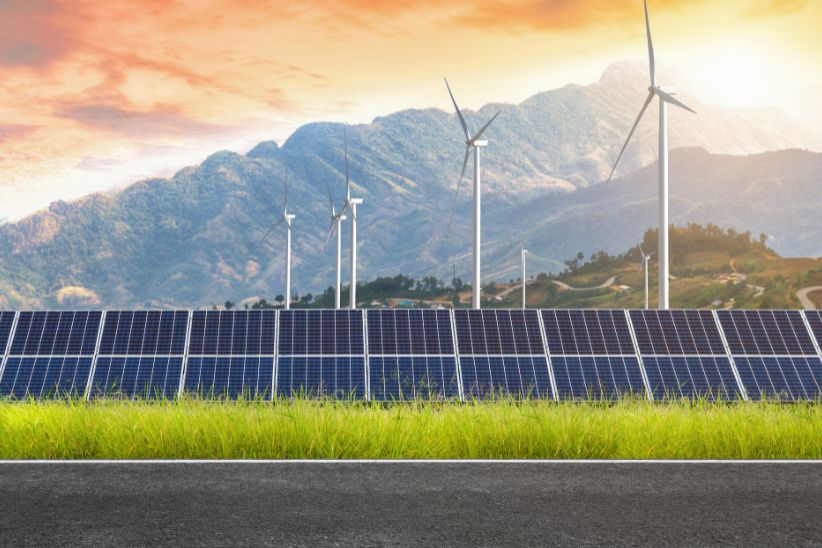
A VERY brief look at a long relationship.
The ‘partners’ are the Mallacoota community, through the Mallacoota Sustainable Energy Group (MSEG), and our DNSP.
Our community is at the end of a 240km SWER[1], most of which goes through heavily wooded terrain. In 2011, a typical year, there were 55 outages across 67 hours.
MSEG’s first contact with our DNSP was in 2012. The new Manager, Network Modernisation, came to Mallacoota and began working with our community to understand the source of our outages. He, like me, saw the data the company held as rich in story. Instead of seeing each outage as discrete, he looked for patterns and relationships. Seeing systems. That simple shift in perspective resolved several seemingly intractable reliability and stability issues very quickly.
He worked in partnership with our community. In 2013 he enabled a Feasibility Study. Our community group managed the project. He and MSEG worked together until he left the DNSP in June 2015. He directed MSEG to his replacement.
In Sep 2017 they invited the community to a town meeting, sharing their plan to install a big battery and generator. They had not communicated since 2015. After the meeting, the only interaction was me contacting them. They would provide a short update and then nothing until my next request.
The Mallacoota Area Grid Storage (MAGS) system was eventually commissioned 27 May 2021, with NO involvement of the community energy group. I met the project’s Chief Engineer that day.
Their official press release said,
“(Our DNSP) today announced it has installed Gippsland’s first community battery in Mallacoota, making the town one of the first in Australia to have a grid-connected energy storage system included in its local network.” [2]
It was only in their official press release that the primary task for the MAGS came through.
“This new large-scale battery, designed as a hybrid system combined with a generator will keep the power running for the town while crews restore problems that occur along the incoming line.”
IAP2 ‘Results’
The IAP2 Stages are Inform, Consult, Involve, Collaborate, and Empower. How did the DNSP perform?
DNSP initial contact? – Excellent! We worked through all the stages
DNSP generally? – Not even on the IAP2 Stage except, infrequently, INFORMs
Concluding thoughts
My community wants to know whether or not they are using the battery. I am their conduit.
In 18 months I have managed to get exactly one piece of historical data.
A HUGE public relations, community engagement and Socially Responsible Renewable Energy FAIL!
WHY is this happening?
A sociologist’s supposition…The SECV was privatised in 1994. In the 28 years since, our DNSP has had 4 owners from 5 countries and 4 name changes. One might wonder about the social, psychological and corporate consequences of such significant changes. Why would I expect a socially coherent and responsible organisational culture?
So, that’s me letting them off the hook.
The question remains – what could we, should we, in a small remote community do? Our perspective is that, regardless of ownership, our DNSP needs to have SRRED as a Key Performance Indicator and be working across all stages of IAP2.
A possible positive? Read this.[3].
[1] Single Wire Earth Return
[2] https://www.ausnetservices.com.au/news/mallacoota-power-supply-strengthened-as-ausnet-installs-gippslands-first-community-battery
[3] https://arena.gov.au/knowledge-bank/opportunities-for-stand-alone-power-systems-to-enhance-network-resilience/